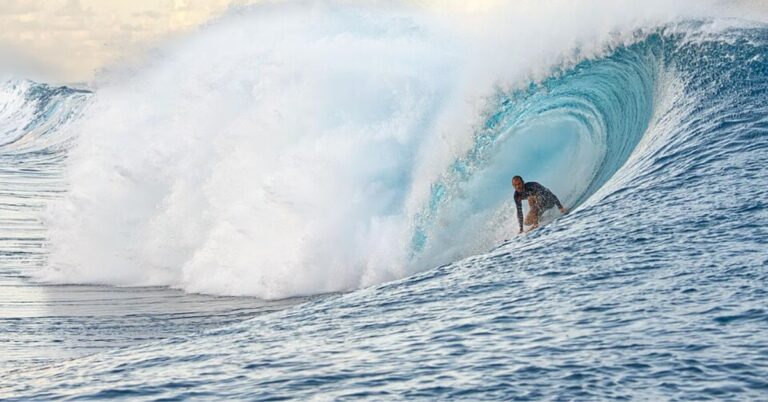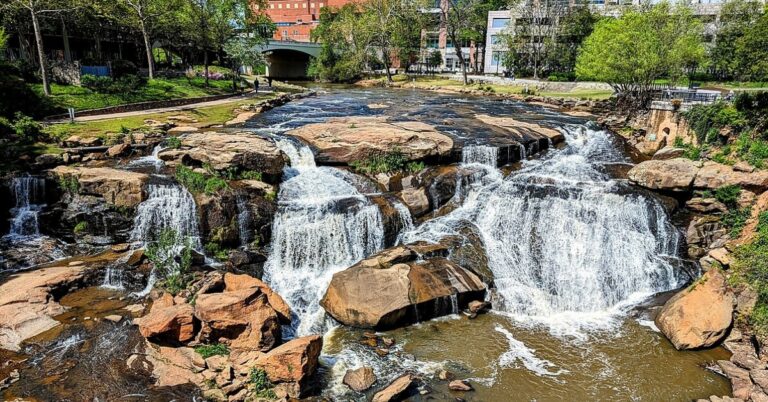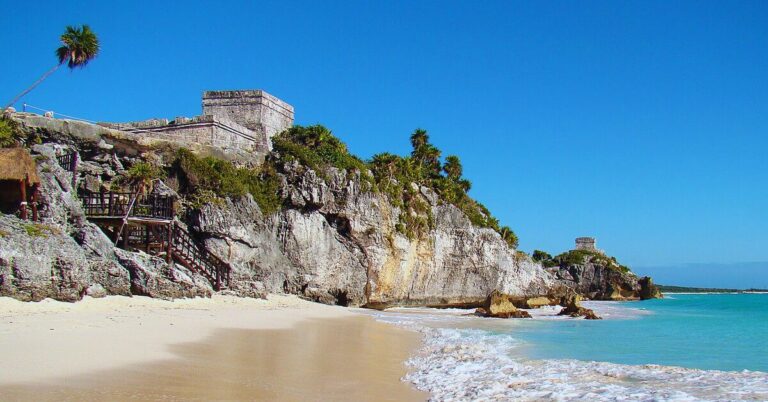25 Breathtaking Scuba Destinations Around the Globe
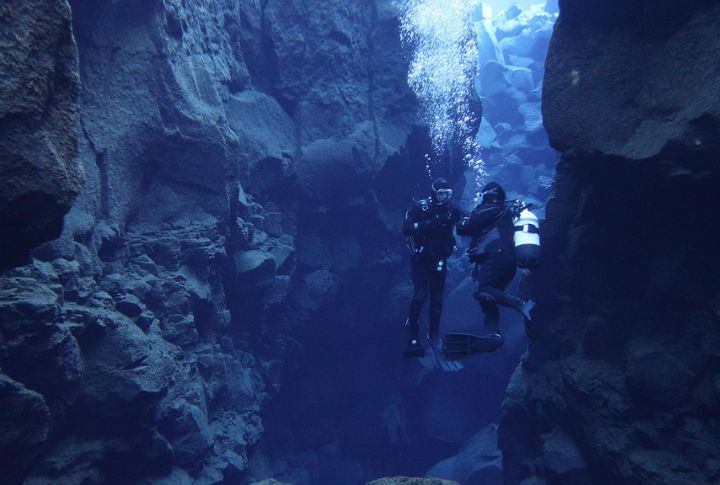
Some places on Earth don’t sit under the sun. They move with the tide and shift with the current. Scuba diving immerses you into these living, breathing ecosystems where history and nature meet in unexpected ways. This list plunges into 25 places where the ocean tells its best stories if you know where to listen.
Silfra Fissure, Iceland

Unlike tropical dives, Silfra offers near-freezing temperatures and glacial clarity. The water is cold and does not teem with fish. It is the only place in the world where you can descend or float between two tectonic plates.
Barracuda Point, Malaysia
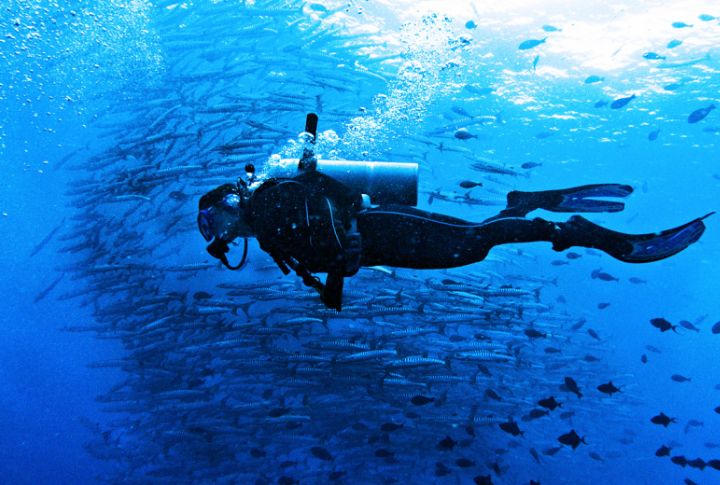
A drift dive is where the current carries you along. Barracuda Point exemplifies this, sweeping divers past swirling fish tornadoes, reef sharks, and coral walls. It is more of a ride than a swim and offers a thrilling experience.
The Galapagos Islands, Ecuador
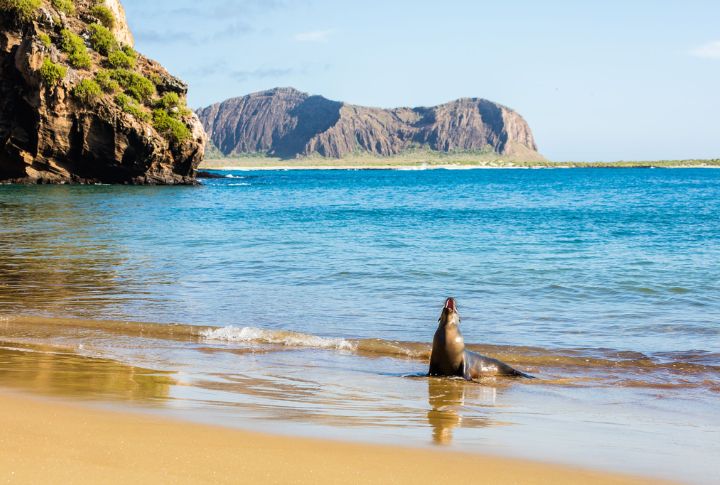
Every plunge here triggers your senses with the emotions of life and the raw feel of the wild Pacific Ocean. Hammerhead sharks glide through the deep waters while the sea lions twist playfully. Divers also come across penguins endemic to the Galapagos.
SS Thistlegorm, Egypt
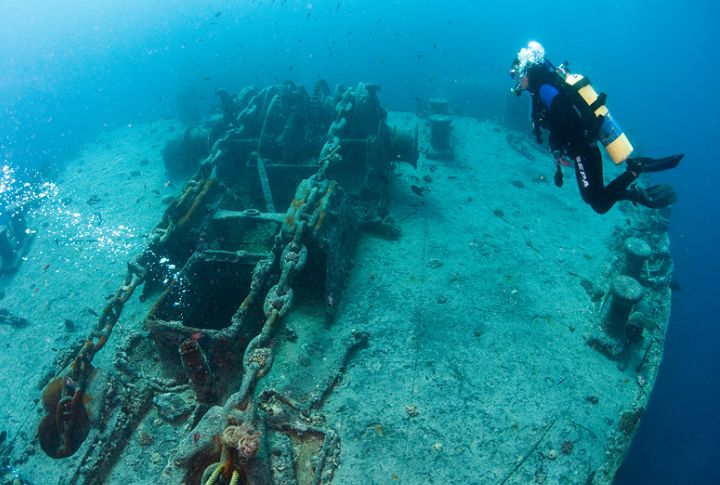
What makes a sunken WWII ship in the Red Sea a top dive? Its preserved motorcycles and railway cars, along with weapons from that era, offer an underwater museum. Combined with coral growth, the wreckage of the Thistlegorm blends history with aquatic wonder.
Cenote Dos Ojos, Mexico
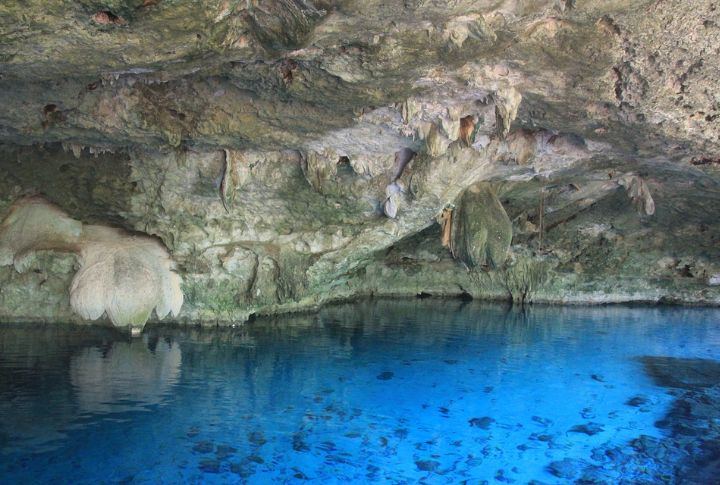
With over 6,000 cenotes in Mexico’s Yucatan Peninsula, Dos Ojos stands out. It stretches for over 80 kilometers underground, and its twin sinkholes and cave system offer a calm and crystal undersea experience around eerie formations. It’s both accessible and otherworldly.
Tubbataha Reefs, Philippines
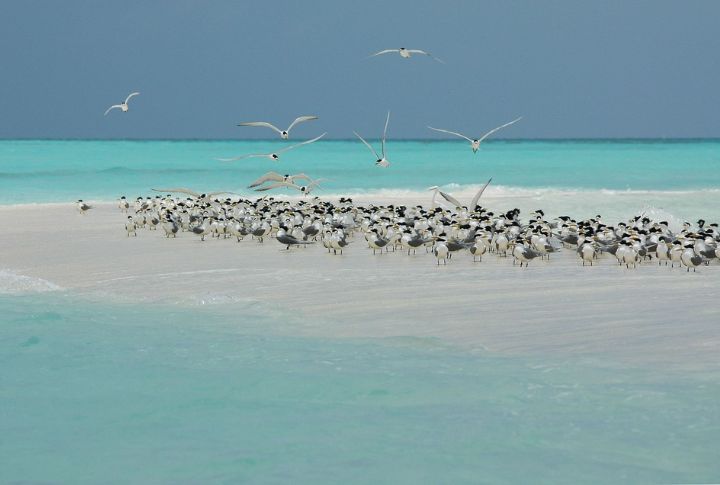
You can expect to see dramatic walls and vast schools of fish, hammerheads, turtles, and manta rays, all within this UNESCO-protected atoll. Remote and only reachable by liveaboards, Tubbataha delivers a wide range of biodiversity with isolation and beauty in one perfect dive.
Palau, Micronesia
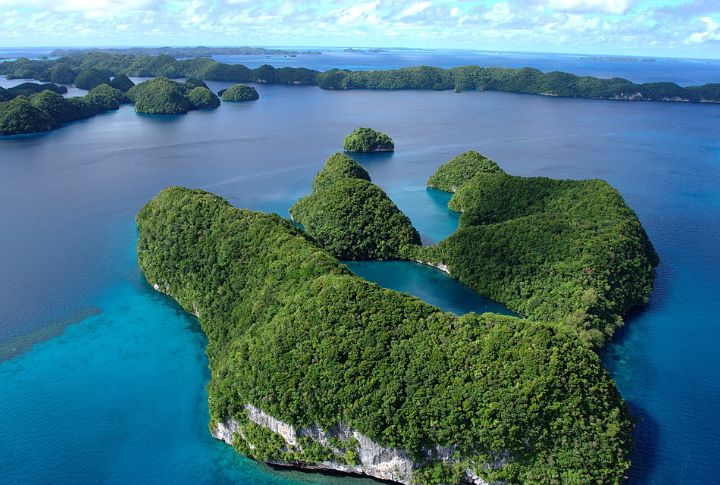
Palau is like a natural amphitheater, except it’s underwater. Sharks patrol the area while coral blooms decorate the reefs at the bottom. The strong water currents orchestrate the environment beneath the surface. It is like watching an epic production unfold beneath every fin kick.
Kailua-Kona, Hawaii

Not all of Hawaii’s best diving happens in the daylight. Kailua-Kona is famous with its night-time scuba divers. It offers an unmatched experience when surrounded by manta rays. The spotlights attract plankton while the manta rays swoop in and leave you in awe.
Maldives

Centuries ago, Maldivian fishermen respected and depended on the reefs for survival. Now, you get to explore the same coral-rich waters, which are home to whale sharks and mantas. The preservation in the area has contributed to this pristine underwater paradise we see today.
The Great Barrier Reef, Australia
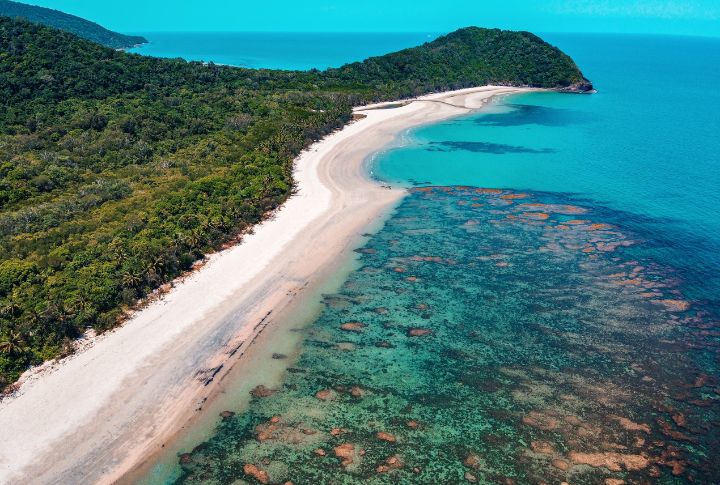
Although The Great Barrier Reef was discovered by Europeans in 1770 and explored heavily in the 20th century, the indigenous people knew of its existence. It has been a World Heritage Site since 1981. It has over 1500 species of fish among an eclectic collection of corals to explore.
Cocos Island, Costa Rica
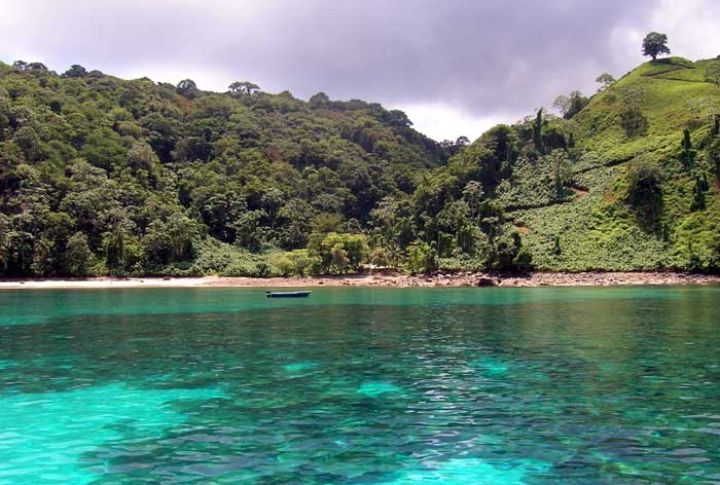
Some divers recall seeing over 50 hammerhead sharks in one pass at the Cocos Island in Costa Rica. The island is remote, pelagic, and shark-infested in the best way. It is accessible only by a liveaboard and rewards commitment with unforgettable oceanic action.
Similan Islands, Thailand
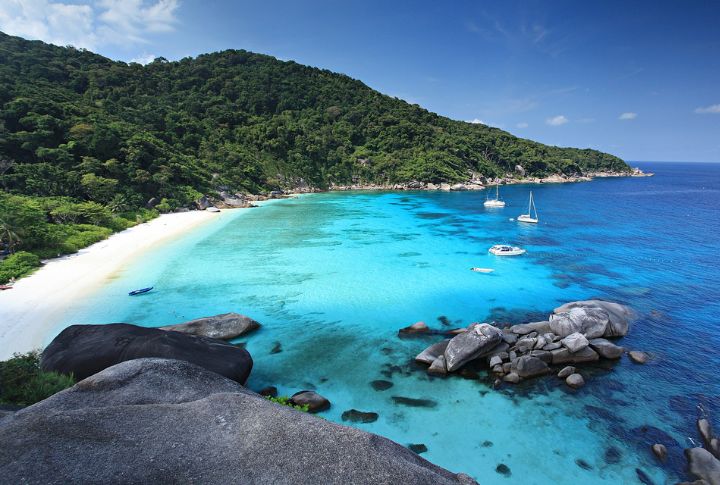
Some claim that the diving experience here is better than in the Maldives. They explore the Similan Islands, which are surrounded by vivid reefs and granite boulders, and they occasionally see whale sharks. It is not always a preferred destination, but for divers, it is unforgettable.
Sipadan, Malaysia

At first glance, Sipadan seems like just another tiny island in Southeast Asia. But as you descend beneath the waves, it changes your course into wall dives, sights of swirling barracudas, and a galore of turtles. It’s proof that the quietest places can hold the loudest underwater life.
Bonaire, Caribbean Netherlands
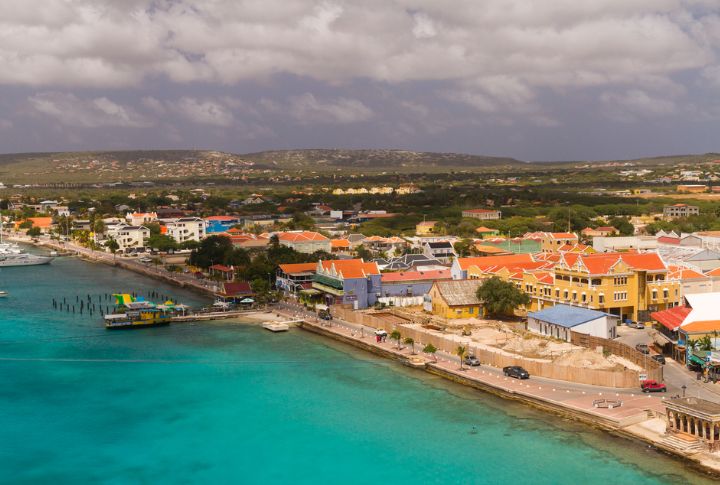
With over 85 official sites to plunge your diving gear into, Bonaire offers some of the world’s easiest shores. Easily accessible walk-in reefs are just meters from the beach. The water is dazzling, with a visibility of up to 60 plus feet of visibility.
Fakarava, French Polynesia
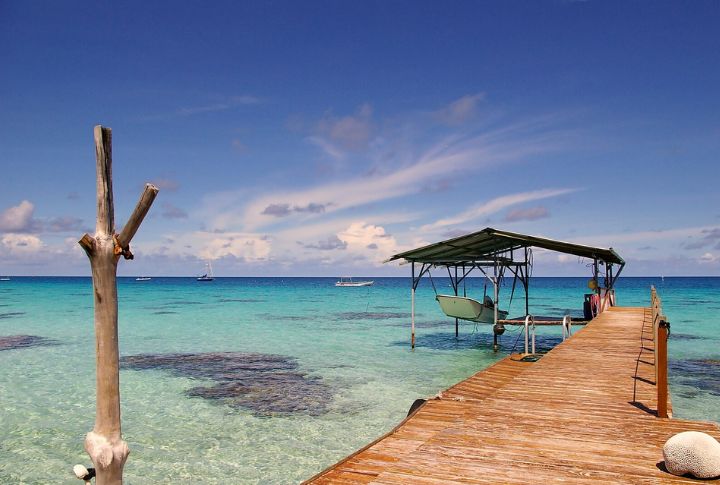
Fakarava feels less like a dive site and more like an underwater cathedral. Sunlight filters through schools of fish like stained glass, who swim around in circles like silent monks. You leave the water breathless, not because of air but because of the sheer beauty of the place.
Fernando De Noronha, Brazil
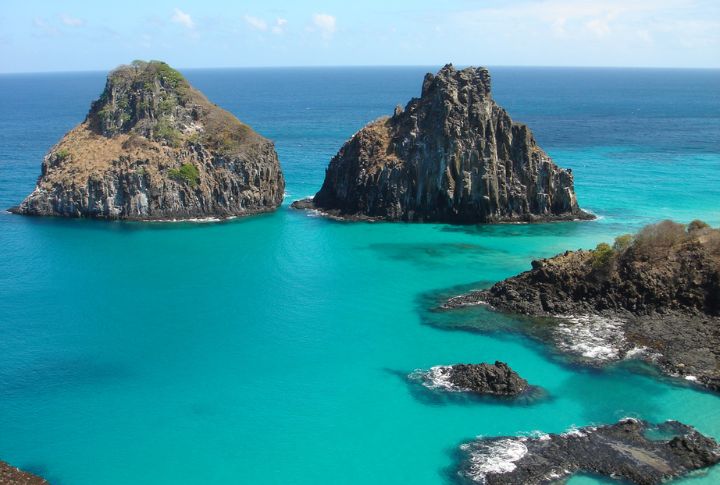
Protected since the 1980s, Fernando’s reefs attempt to rebound by drawing marine life back to it with the right strategies. This made it a major attraction amongst divers from across the world. Conservation efforts help, yet pollution and climate risks challenge this paradise’s delicate balance.
Lofoten Islands, Norway
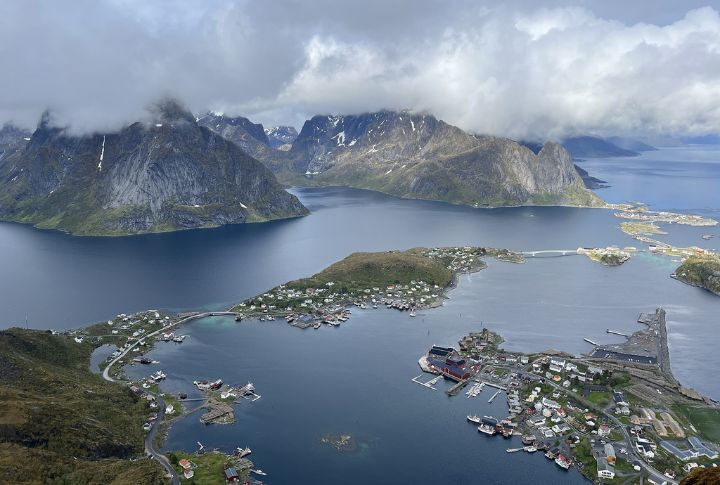
Arctic diving might sound brutal, but the Lofoten Islands prove otherwise. Kelp forests sway below snow-draped cliffs with puffins flying overhead and a school of cod swimming through cold and clear waters. While your gear may freeze, the wild beauty here is worth every chilly moment.
Jeju Island, South Korea

Diving connects the past and present in Jeju’s waters. Haenyeo women free-dive for abalone and urchins, a centuries-old tradition. Amid volcanic rock and soft corals, divers witness marine life and this living heritage. A resilience among modern challenges.
Raja Ampat, Indonesia

Coral bleaching threatens marine ecosystems globally. Yet Raja Ampat resists, thanks to its remote location and biodiversity. Conservation efforts here prove that marine preservation works and can be monetarily capitalized on through scuba diving to attract tourism.
Great Blue Hole, Belize
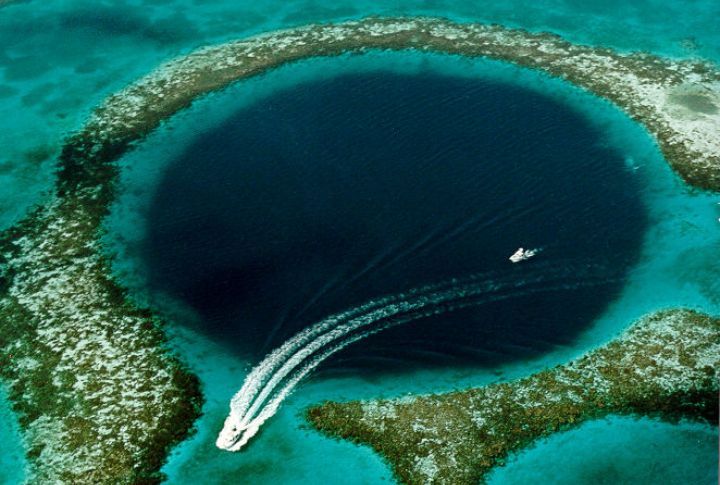
The perfect circular shape attracts adventurers, but the real thrill is descending into the dark depths of the Great Blue Hole. As the pressure increases, the light fades and reveals stalactites and a shiver of reef sharks. It’s a geological accident that turned into a diver’s dream.
Bazaruto Archipelago, Mozambique
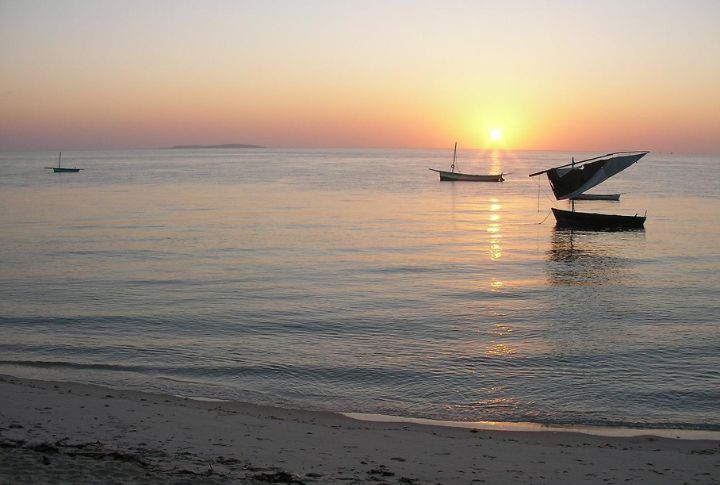
The Indian Ocean whispers softly around Bazaruto’s shores. Dugongs drift like memories through turquoise seagrass, and corals gleam with tropical pride. It’s as if the sea itself is performing a slow, elegant dance that invites divers to linger just a little longer underwater.
Chumbe Island, Tanzania

Can one tiny island really offer untouched coral and flourishing marine life along with sustainable tourism in harmony? Chumbe does exactly that. Diving here isn’t just about the view but a reminder of how marine ecosystems flourish when humans respect the ocean’s rhythm.
Lake Baikal, Russia

Under the frozen crust of Siberia lies Lake Baikal, Earth’s oldest and deepest freshwater lake. Strange sponges bloom in eerie formations, and visibility stretches unnaturally far. It’s frigid and extreme, but for intrepid divers, this remote place delivers raw, untamed aquatic fascination.
Corn Islands, Nicaragua
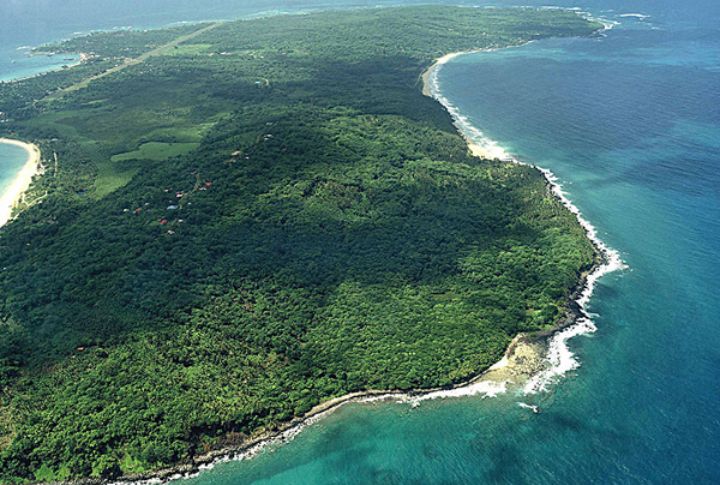
Hidden away in the Caribbean, the Corn Islands pair hammock days with reef-rich nights. Beneath postcard beauty lies coral-covered drop-offs, curious nurse sharks, and quiet wrecks. You come for relaxation, but diving here becomes the highlight of the entire trip.
Azores, Portugal

The Azores fuse volcanic drama with pelagic life, floating in the mid-Atlantic. Divers find caves and lava-formed arches with mobula rays swirling around. It’s a place where every descent leads deeper into wonder and reminds you why you started diving in the first place.

